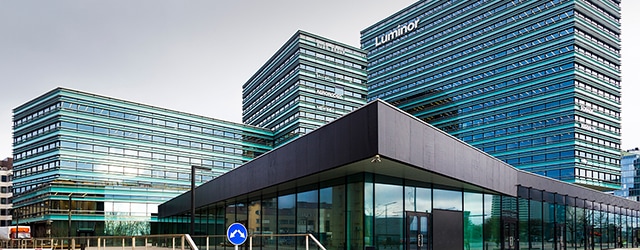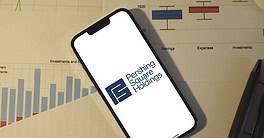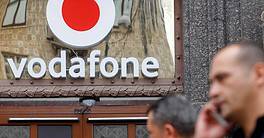Lithuania establishes a regulatory regime fit for fintechs.

Revolut, a London-based financial technology start-up, has received a European banking license from the Bank of Lithuania, where the capital requirements for a “lite” license for challenger banks are a fifth of what’s demanded by other EU jurisdictions.
Lithuania’s predominant means of payment is still cash, and the country’s legal and market structure won’t be rewritten overnight. Yet it’s still possible to encourage fintechs to compete, notes Marius Jurgilas, the Bank of Lithuania board member in charge of payments and fintech. That, in turn, should force banks to innovate, he says.
“It’s like three elephants all standing in the room,” Jurgilas quips. “They are too big to push, so I open up the door and I let in the flies. The flies are really irritating, so the elephants start moving.” If a fintech sets up an incubator, established institutions “will become slim and start running.”
Lithuania is prime for fintechs because it has learned to balance speed and security, argues finance minister Vilius Šapoka. “We have a rolling plan covering all kinds of features related to fintech development: business environment, taxation, the regulatory framework, anti–money laundering and cybersecurity,” he says. “We can make very quick decisions if it’s a priority, but at the same time we are very cautious and very focused on risk management.”
To this end, Lithuania has launched a regulatory sandbox, designed to help bring innovative fintech products and services to market more quickly and also open to existing financial institutions. Start-ups can learn about the latest regulatory developments and how to address any associated risks.
Lithuania is also encouraging fintechs to file for a fast-track (three months) e-money or payment license, aimed at enabling the rising volume of electronic transactions to keep pace with digital economic developments.
“I gathered the CEOs of all the Telcom companies in my office, which resulted in a new payment method,” says Šapoka. “So, if you are a customer of one of them, you can download an app and go to the supermarket and start making QR code payments at the point of sale.”



